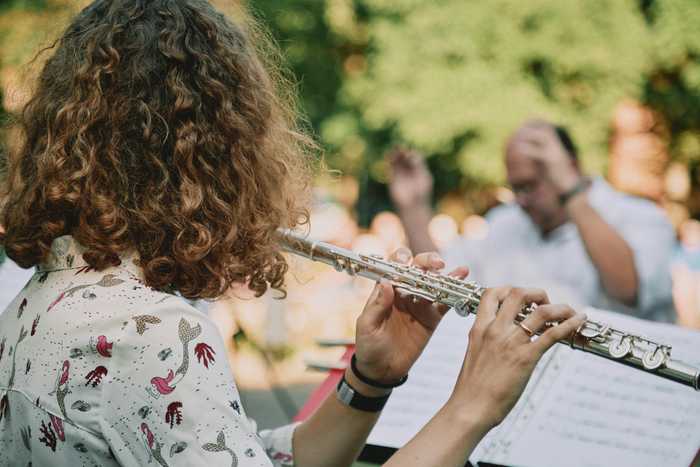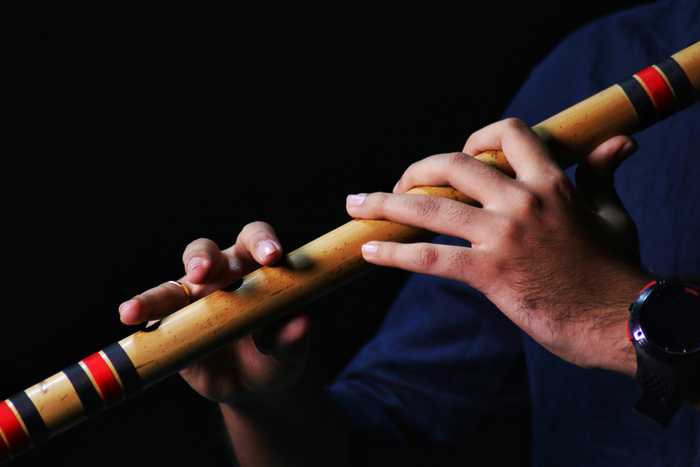Published 11:01 IST, May 22nd 2024
Exploring these diverse flutes offers a glimpse into the musical heritage and traditions of different cultures, highlighting the universal language of music.
Advertisement
The beauty of music is that it transcends boundaries. Music does not need words to convey what it wants to, it just soothes our soul. The melodious coos of flutes are blissful when you listen to them with the thoughts of immersing yourself in its musical embrace. one of the oldest musical instruments, are found in various forms across cultures. Their unique sounds and playing techniques reflect the diverse musical traditions of the world. Here are some notable types of flutes from around the globe.
Western concert flute
The Western concert flute, also known as the transverse flute, is the most commonly known type in Western classical music. Made of metal, usually silver or gold, this flute is held horizontally and played by blowing across a mouthpiece. It has a wide range and is used in orchestras, bands, and solo performances. The instrument’s versatility allows for the performance of complex classical pieces as well as contemporary compositions.
Advertisement

Shakuhachi
The shakuhachi is a traditional Japanese bamboo flute, known for its meditative and breathy tone. Played vertically, it has four finger holes on the front and one on the back. The shakuhachi is deeply rooted in Zen Buddhism and is often used in spiritual and meditative music. Its ability to produce a wide range of tones and pitches makes it unique among flutes.
Bansuri
The bansuri is a traditional Indian bamboo flute associated with classical Indian music and folk traditions. It is played horizontally and has six to seven finger holes. The bansuri is renowned for its expressive sound, which can convey deep emotions and complex musical phrases. It is frequently used in Hindustani classical music and has been popularized by renowned flutists like Pandit Hariprasad Chaurasia.
Advertisement
Dizi
The dizi is a Chinese transverse flute made of bamboo, featuring a unique membrane over one hole that creates a distinctive buzzing sound. It typically has six finger holes and a range of additional holes for tuning. The dizi is used in various forms of Chinese music, from classical to folk, and its bright, penetrating tone makes it a standout instrument in Chinese orchestras and solo performances.
Native American flute
The Native American flute, played vertically, is made from wood and features a unique design with two separate chambers. It is known for its soothing, haunting sound, often used in traditional ceremonies and modern compositions. The flute typically has six finger holes and is easy to play, making it popular for both beginners and seasoned musicians.
Advertisement

Pan flute
The pan flute, or panpipes, consists of multiple pipes of varying lengths bound together. Each pipe produces a different note, and the player blows across the top of the pipes to create sound. The pan flute is found in various cultures, including South American, Romanian, and Greek traditions. Its distinct, airy sound is often associated with folk music and pastoral scenes.
Ney
The ney is a traditional Middle Eastern flute made of reed. It is played vertically and has six finger holes in the front and one thumb hole in the back. The ney is integral to classical Arabic, Persian, and Turkish music, known for its soulful, mournful sound. Mastery of the ney involves complex breath control and finger techniques, reflecting the instrument's deep cultural significance.
Advertisement
11:01 IST, May 22nd 2024